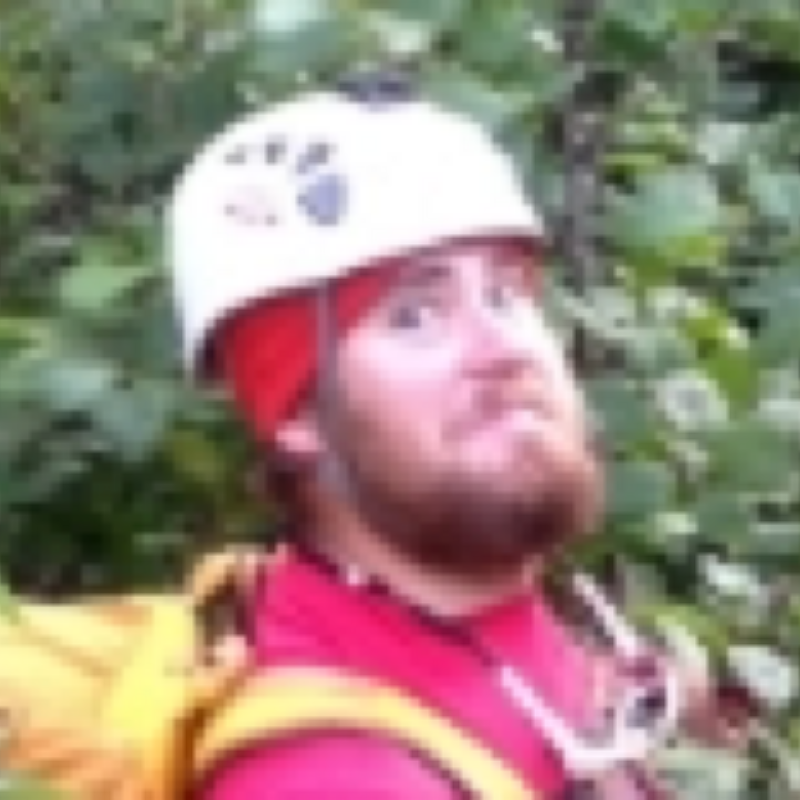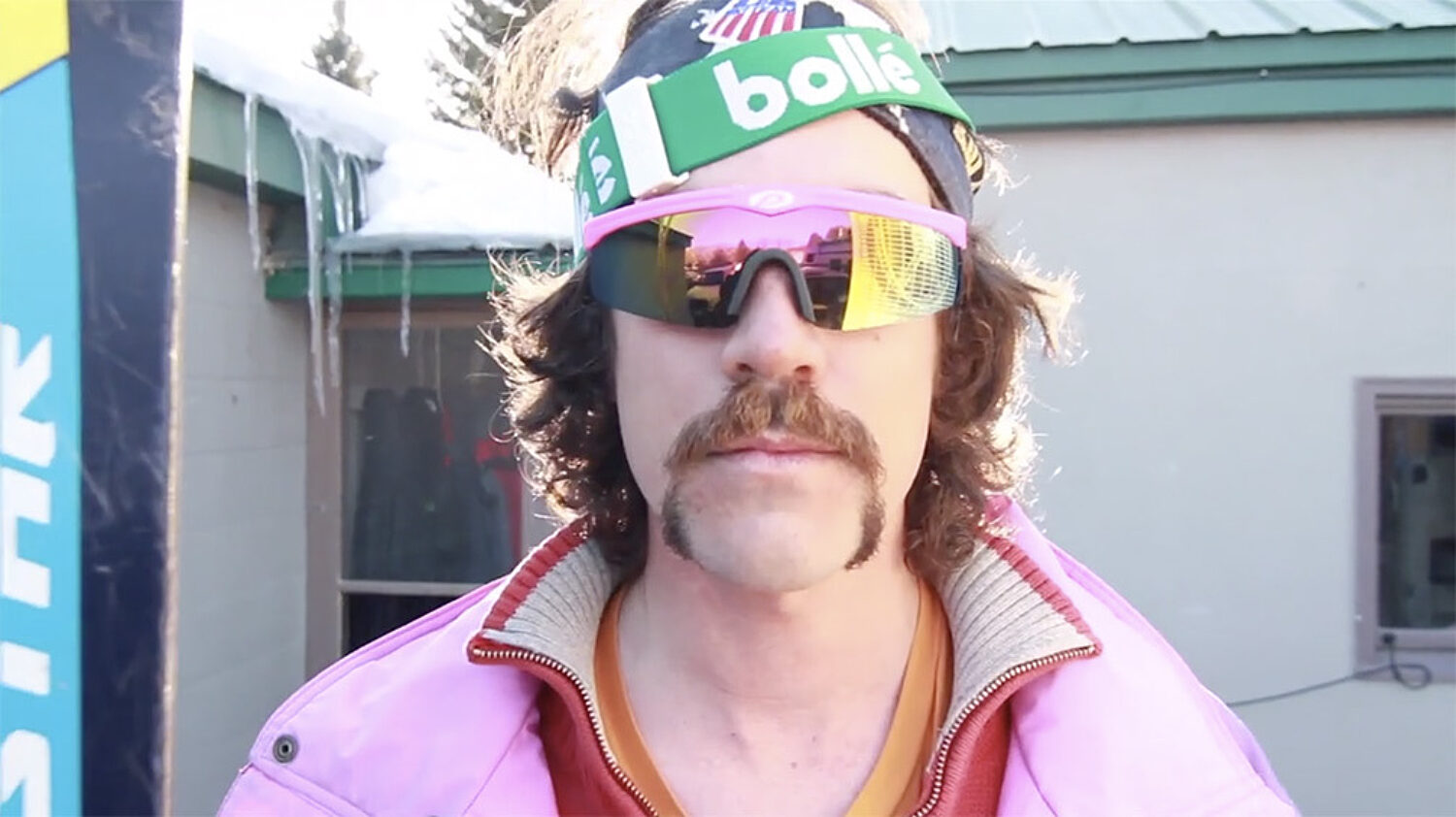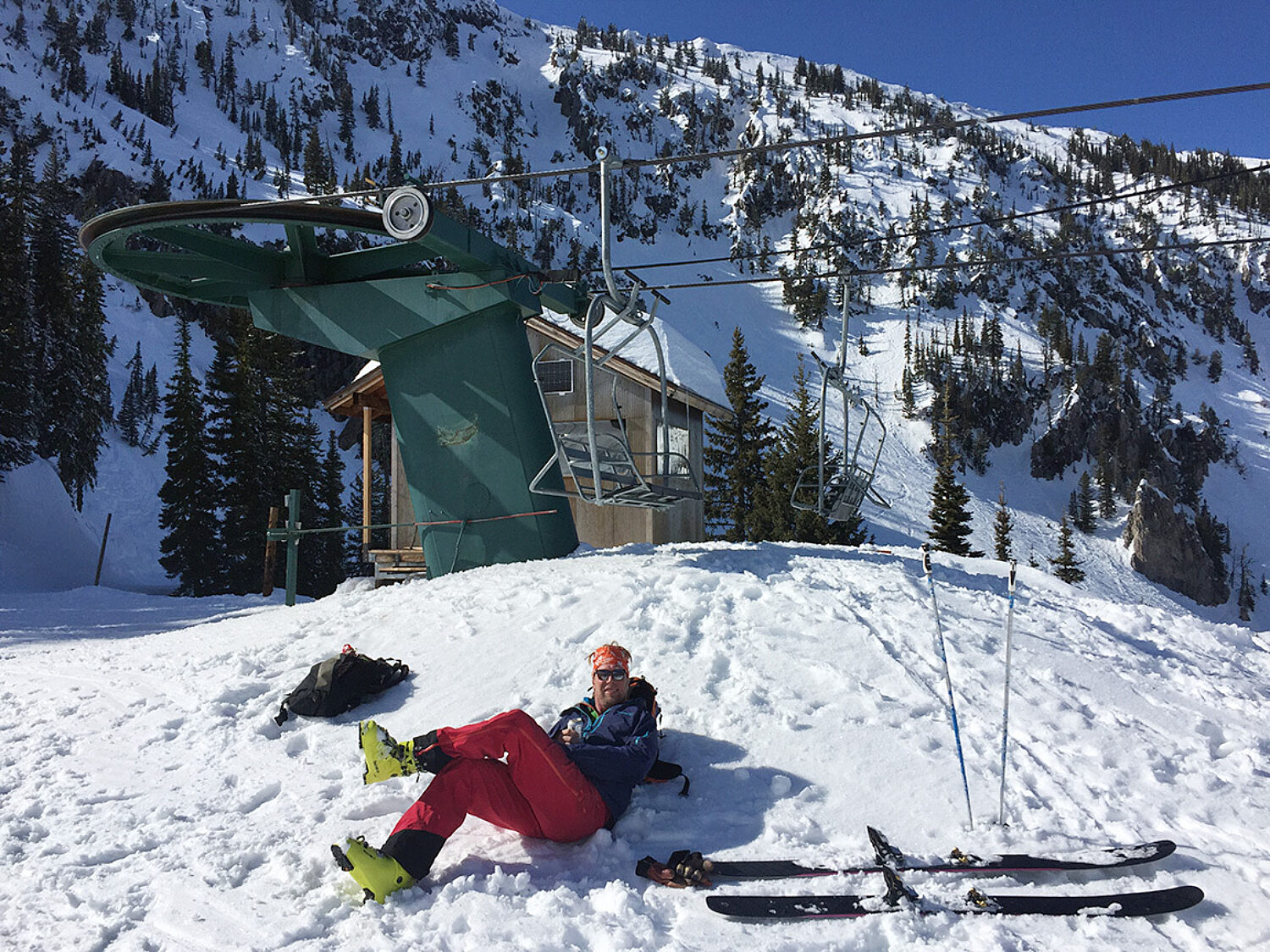Walking along the rows of bushes, the weeds were easy to spot. Down with the hoe. Up with the roots. After an hour, nine more dollars from the summer job at a plant nursery east of town—money to buy skis in the fall. They came new, and three weeks into the season, the tenth grade taste for cool took over—despite being a white, middle class kid from Montana who didn’t smoke pot, I Sharpie’d a large rasta band on the largely white topsheets.
The marker stayed until I managed to snap them, fading a bit more from sun and water. Once the yellow had washed dull, the red and green looked Italian. Which might have made more sense, and it begged the question: what caused a young skier to jettison the basic facts of just sliding down snow to borrow religious tendencies from the Caribbean?
Looking back nearly ten years, I find the gesture puzzling. I was impressionable; a buddy I looked up to was listening to Bob Marley, and putting on rasta airs. However, for me to jump on a bandwagon I knew so little about—there’s some level of discomfort. Bare skis weren’t enough of an identity.
Surveying the lift lines or Vimeo, it’s easy to find every image represented in skiing. I’d credit the rebellious influences of snowboarding with shaking the stolidity of skier garb. Somebody connected rastafarianism with people smoking in the snowy woods. Egregious neon colors made a resurgence. Pants got tighter and blacker. Leaving us somewhere near today, with influences from surfing to corporate ski vacations, all with varying relevance to sliding down a hill on skis or a board.




 MORE FROM BOMB SNOW
MORE FROM BOMB SNOW




